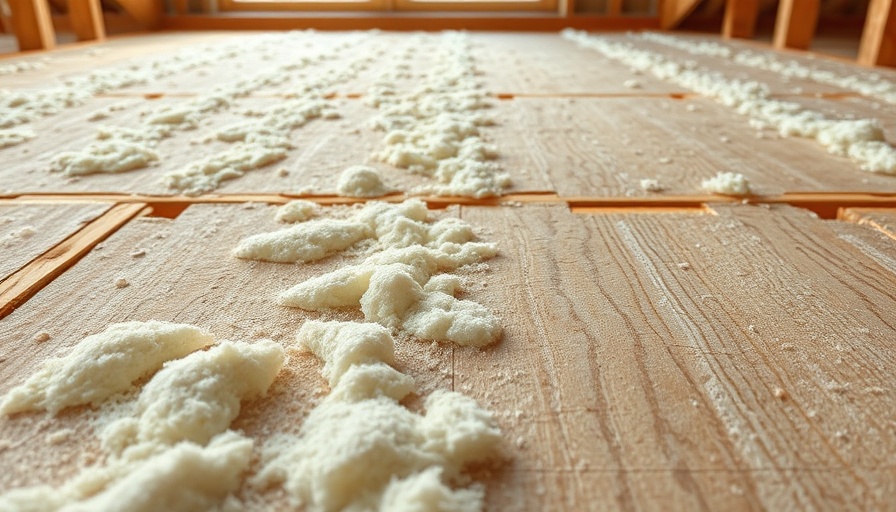
Insulating Over Subfloors: The Essential Step to Minimizing Heat Loss
Building a tiny home from a shed or outbuilding can be a cost-effective move, however, it often requires significant updates to ensure comfort and energy efficiency. One of the most essential upgrades is the insulation of the subfloor, a critical component that directly affects thermal performance, energy efficiency, and indoor comfort.
Understanding the Importance of Subfloor Insulation
Subfloors act as the foundation for your flooring, supporting the structure above while providing a buffer from external temperatures. By insulating the subfloor, homeowners can significantly reduce the seasonal temperature fluctuations that seep into their living space. A well-insulated subfloor maintains comfortable indoor conditions year-round while contributing to lower heating and cooling costs. Research indicates that nearly 30% of a home's heat can be lost through uninsulated flooring, highlighting the value of this improvement.
Choosing the Right Insulation Materials
When considering insulation options, it’s crucial to use materials that align not only with insulation values but also with environmental impact. Materials such as foam board, fiberglass batts, and even recycled denim are popular choices. Each material boasts different R-values, which quantify thermal resistance. For tiny homes, selecting insulation with higher R-values can maximize thermal performance without taking up excessive space.
Installation Techniques: Achieving Optimal Results
Proper installation is key to effective subfloor insulation. Common techniques involve laying the insulation between floor joists and ensuring a tight fit to prevent air leaks. Air sealing around the edges is another vital step that can prevent drafts, contributing to a more stable temperature within your tiny home. Homeowners might also consider vapor barriers to combat moisture issues, especially in regions with high humidity.
Future Trends in Insulation Technology
As the market evolves, innovative technologies continue to emerge, enhancing the capability and performance of insulation materials. For instance, incorporating smart textiles with reactive properties could adjust insulation value based on the immediate thermal changes in the environment. This dynamic insulation method could revolutionize the industry, making tiny homes even more energy-efficient and responsive to occupant needs.
Final Thoughts: The Impact of Insulation Choices
Investing in quality insulation for your tiny home or shed renovation is an integral step towards creating a comfortable and sustainable living environment. By carefully selecting and installing appropriate materials, homeowners can ensure that their space remains cozy, while also reducing energy consumption and environmental footprint. The future of home insulation is promising, and staying informed will help you make the best choices for your project.
For those considering converting a shed into a tiny home, understanding the value of insulation cannot be overstated. This not only enhances comfort but can also increase property value while contributing to eco-friendly living solutions. Being proactive about insulation options is a crucial step in successfully transitioning from a simple shed to a well-functioning tiny home.
 Add Row
Add Row  Add
Add 






Write A Comment